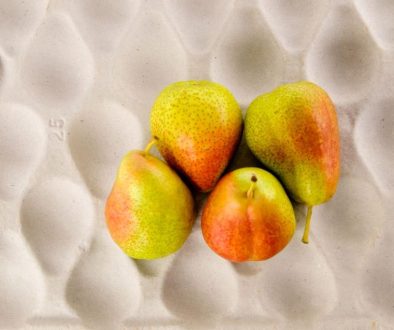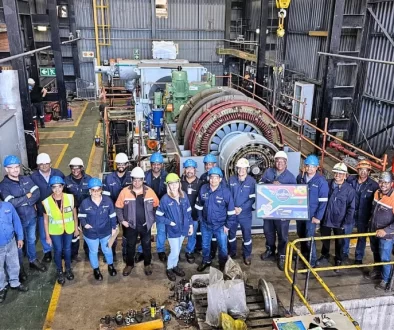Green lungs help us breathe better
Arbour Week is celebrated nationally from 01 to 07 September, and in 2012, the Institute of Waste Management of Southern Africa (IWMSA) urges all South Africans to heed the call to respect and nurture the greenbelts in our urban areas.
A greenbelt is best described as natural, undeveloped land which has been demarcated and set aside within an urban or developed area for the purpose of improving the ecological health of the built-up region, and acting as a ‘green lung’.
The term ‘green lung’ is used since the plants and trees in a greenbelt can absorb and process pollutants, both from water and from the air, as well as store carbon dioxide whilst releasing oxygen back into the atmosphere. Worldwide deforestation has contributed largely to the present problem of global warming and by planting trees and maintaining greenbelts, we can help to reduce, and possibly even reverse the impact of this condition which threatens life on our planet.
Deidre Nxumalo-Freeman, President of the IWMSA says “In addition to helping to limit urban sprawl, these greenbelts also provide space for light recreational activities and for city dwellers in particular, to retain a sense of connectedness with the natural world.
“These projects can also serve to enhance and bring together communities” continues Nxumalo-Freeman, “Quite apart from adding aesthetic appeal to sometimes drab urban areas and townships, trees play a crucial role in offsetting our carbon emissions, and from a practical point of view, they can provide resources in terms of shade, shelter and not least, food.
“Who can forget the inspirational Wangari Maathai who almost single-handedly changed the ecological landscape of her country, Kenya, in a bid to address the challenges presented by deforestation there? Without trees, we too would face the prospect of soil erosion and a lack of water amongst a myriad other problems.
“The IWMSA encourages South Africans to recognise the importance of maintaining and continuously growing and improving our greenbelts and during this Arbour Week, to make an effort to plant a tree, whether at a school, in a garden or a community centre. This simple action when undertaken by many has the potential to positively affect our quality of life” concludes Nxumalo-Freeman.
Every Arbour Week in South Africa, several species of tree are highlighted and in 2012, there are three: one common tree, the water berry or Waterbessie (Syzgium cordatum), and two rare trees, the Red Beech or Rooiboekenhout (Protorhus longifolia), and the Black Mangrove or Swartwortelboom (Bruguiera gymnorrhiza).
The IWMSA focuses on providing education and training for its members, as well as other interested parties, whether private individuals or government entities.
Source:
IWMSA – a non-profit organisation comprising a body of dedicated professionals in their respective fields, who give freely and voluntarily of their time and expertise in order to effectively educate, promote and further the science and practice of waste management. For more information, visit: www.iwmsa.co.za



